A quick word on blocking ads

It looks like you are using an ad blocker. That's okay. Who doesn't? But without advertising revenue, we can't keep making this site awesome. Click the link below for instructions on disabling adblock.
Light and fast – the trailblazer you’ve been waiting for is here.

Let's be real here. The QST 106 Echo is a QST 106 with a core swap. On paper, it's one of the most pointless skis on the market. Well, kind of. But it's so good it had us questioning why you'd buy a regular 106. Sure, if you are heavier or regularly ski a lot of icy groomers or heavy crud the extra weight helps (but then why are you one a 106 at all?) but damn is the Echo good at dealing with everything for a 'touring ski'.
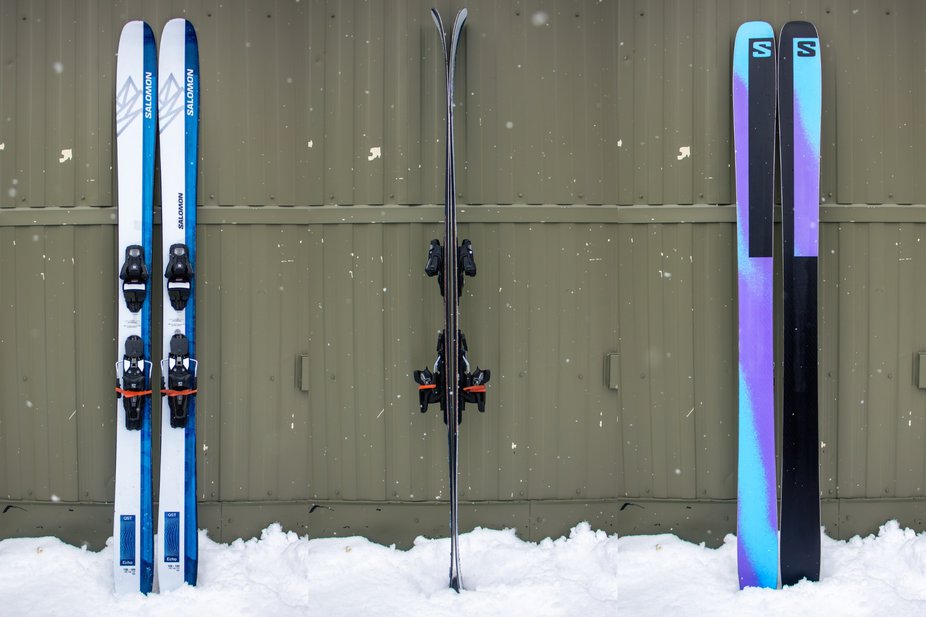
Groomers & Resort Skiing:
When the conditions are consistent, whether deep, or more firm, the QST 106 Echo is one of the most confidence-inspiring skis we’ve been on at this weight, which means it opens up all sorts of opportunities to get creative. And while it’s not as comfortable skiing switch and spinning as less directional skis, it’s still happy to throw the occasional spin or butter. For a 'touring ski' it's a very confident performer on groomers, and easily matches many non-touring skis.
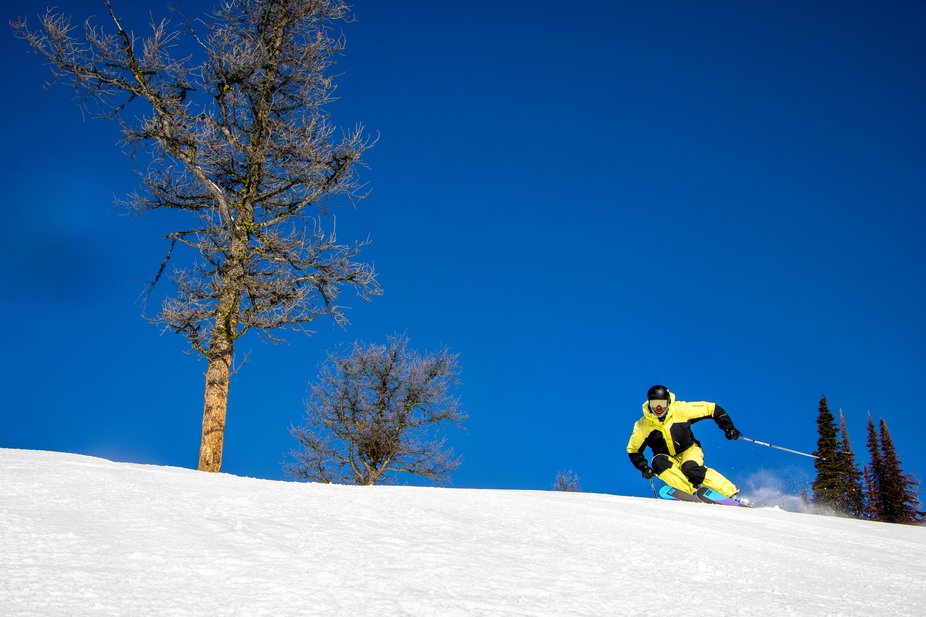
Skier: Lucas Boudreau. P: Hanne Lundin Wallengren
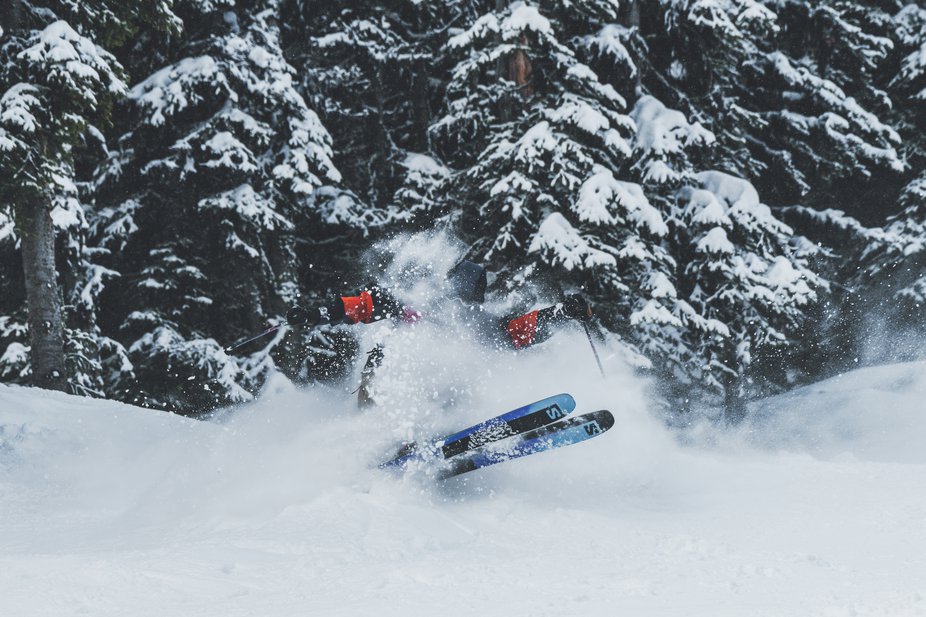
Skier: Bailey Lahure. P: Carter Edwards
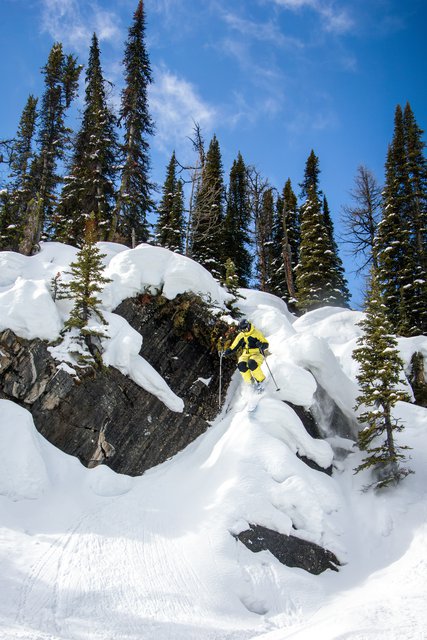
Skier: Lucas Boudreau. P: Hanne Lundin Wallengren
Sizes: 157, 165, 173, 181, 189 cm
Dimensions: 139 - 106 - 126 mm - 181
Radius: 19M - 181
Weight: 1760g - 181
You asked, we answered: a touring-specific evolution of the iconic QST line. The QST Echo 106 combines a karuba/poplar core, superlight basalt fibers, and cork damplifier, for a light-weight, lively, go-anywhere backcountry ski. The 106mm waist rallies in all conditions.
 OMCgear $799.95 Salomon QST Echo 106 Alpine Ski
OMCgear $799.95 Salomon QST Echo 106 Alpine Ski  evo $799.95 Salomon QST Echo 106 Skis 2025 size 165
evo $799.95 Salomon QST Echo 106 Skis 2025 size 165  evo $799.95 Salomon QST Echo 106 Skis 2025 size 189
evo $799.95 Salomon QST Echo 106 Skis 2025 size 189 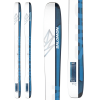 evo $799.95 Salomon QST Echo 106 Skis 2025 size 173
evo $799.95 Salomon QST Echo 106 Skis 2025 size 173  evo $799.95 Salomon QST Echo 106 Skis 2025 size 157
evo $799.95 Salomon QST Echo 106 Skis 2025 size 157
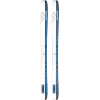 MEC Mountain Equipment Company Ltd $949.95 Salomon QST Echo 106 Skis - Unisex
MEC Mountain Equipment Company Ltd $949.95 Salomon QST Echo 106 Skis - Unisex
Comments